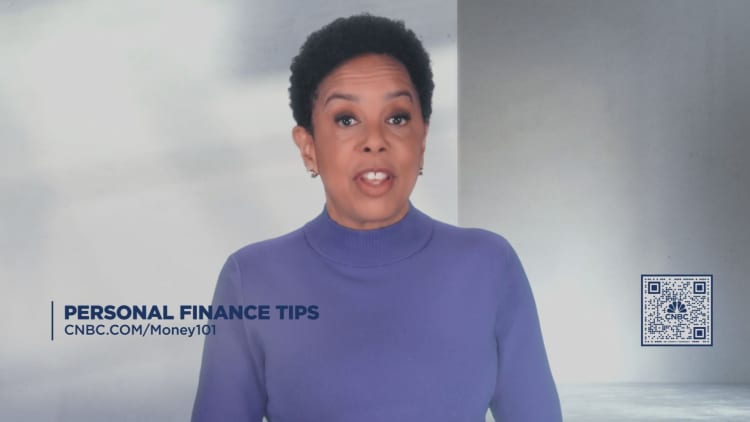Fotostorm | E+ | Getty Images
The tax deadline is days away and the IRS is urging taxpayers to file returns on time and “pay as much as they can.”
However, if you can’t cover your total tax balance, there are options for the remaining taxes owed, according to the agency.
For most tax filers, April 15 is the due date for federal returns and taxes. But your federal deadline could be later if your state or county was affected by a natural disaster.
If you are in the military stationed abroad or are in a combat zone during the tax filing season, you may qualify for certain automatic extensions related to the filing and paying of your federal income taxes.
Additionally, those living and working abroad also have extra time to file.
More from Personal Finance:
See if you qualify for the $1,400 IRS stimulus check before the deadline
Majority of Americans are financially stressed from tariff turmoil: CNBC survey
3 likely student loan changes as Trump looks to overhaul $1.6 trillion system
If you’re missing tax forms or need more time, you can file a tax extension by April 15, which pushes the federal filing deadline to Oct. 15.
But “it’s an extension to file, not an extension to pay,” said Jo Anna Fellon, managing director at financial services firm CBIZ.
File by April 15 and ‘pay what you can’
If you can’t cover your balance by April 15, you should still file your return to avoid a higher IRS penalty, experts say.
The failure-to-file penalty is 5% of unpaid taxes per month or partial month, capped at 25%.
By comparison, the failure-to-pay penalty is 0.5% of taxes owed per month, limited to 25%. Both penalties incur interest, which is currently 7% for individuals.
File on time and pay what you can.
Misty Erickson
Tax content manager at the National Association of Tax Professionals
“File on time and pay what you can,” said Misty Erickson, tax content manager at the National Association of Tax Professionals. “You’re going to reduce penalties and interest.”
Don’t panic if you can’t cover the full balance by April 15 because you may have payment options, she said.
“The IRS wants to work with you,” Erickson added.
Options if you can’t pay your taxes
“Most individual taxpayers can qualify for a payment plan,” the IRS said in a recent news release.
The “quickest and easiest way” to sign up is by using the online payment agreement, which may include a setup fee, according to the agency.
These payment options include:
- Short-term payment plan: This may be available if you owe less than $100,000 including tax, penalties and interest. You have up to 180 days to pay in full.
- Long-term payment plan: You’ll have this option if your balance is less than $50,000 including tax, penalties and interest. The monthly payment timeline is up to the IRS “collection statute,” which is typically 10 years.
The agency has recently revamped payment plans to make the program “easier and more accessible.”













